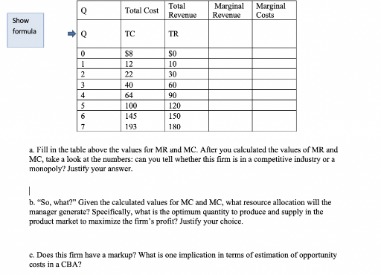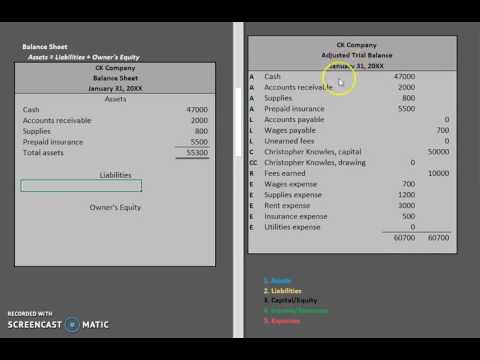
At The Calculator Site we love to receive feedback from our users, so please get in contact if you have any suggestions or comments. You may also wish to check out ourrange of other finance calculation tools. See how much daily interest/earnings you might receive on your investment over a fixed number of days, months and years. You may find this useful for day trading or trading bitcoin or other cryptocurrencies. Credit card interest is usually expressed as an APR, which is a yearly rate. This is then broken down into a daily rate, so you can calculate the amount of interest you will be charged for any given day.

Using this compound interest calculator
You can also use this calculator to solve for compounded rate of return, time period and principal. Credit card interest typically kicks in when you don’t pay off your card in full and allow it to roll over past your grace period into the next billing cycle. The money you haven’t paid off will get charged with interest, which is typically compounded daily. Credit card interest rates are typically expressed as an annual percentage rate (APR). This is the rate used to calculate how much interest you’ll be charged over the course of a year based on your average daily balance.
Help and Tools

Also note that some calculators will reformat to accommodate the screen size as you make the calculator wider or narrower. If the calculator is narrow, columns of entry rows will be converted to a vertical entry form, whereas a wider calculator will display columns of entry rows, and the entry fields will be smaller in size … https://www.kelleysbookkeeping.com/ Clicking the “Reset” button will restore the calculator to its default settings. Click the Printer Friendly Report button to print out the running balance schedule so you can start from where you left off on your next visit. If it’s not filled in, please enter the title of the calculator as listed at the top of the page.

Compounding frequency and why it matters
You should know that simple interest is something different than the compound interest. On the other hand, compound interest is the interest on the initial principal plus the interest which has been accumulated. For instance, we wanted to find the maximum amount of interest that we could earn on a $1,000 savings account in two years. Following is the formula for calculating compound interest when time period is specified in years and interest rate in % per annum. Use the tables below to copy and paste compound interest formulas you need to make these calculations in a spreadsheet such as Microsoft Excel, Google Sheets and Apple Numbers.
Everyday Calculation
Additionally, compound interest differs from simple interest in that interest is paid on interest that was previously accrued in addition to the principal. To calculate simple interest, try our simple interest calculator, which calculates interest that is only accrued based on the principal value. This is due to earning interest on interest or, in other words, compound interest.
Calculate Accrued Amount (Future Value FV) using A = P(1 + r/n)^nt
There are different pros and cons to each, but the Interest Rate Calculator will only display the result as a fixed interest rate. Interest rates are involved in almost all formal lending and borrowing transactions. Have you noticed that in the above solution, we didn’t even need to know the initial and final balances of the investment? It is thanks to the simplification we made in the third step (Divide both sides by PPP). However, when using our compound interest rate calculator, you will need to provide this information in the appropriate fields.
You can include regular withdrawals within your compound interest calculation as either a monetary withdrawal or as a percentage of interest/earnings. Enter your principal amount, interest rate, and investment duration. Experiment with different variables to see how changes affect your potential earnings. If you want to lower your interest rate, consider reaching out to your issuer to see what they can do for you. Many credit card issuers have programs in place to help their cardholders keep up with their payments. If you want to boost your wealth significantly, this savings strategy might be too “G-rated” for you.

Though high interest rates mean it’s not a great time to be a borrower, it’s a good time to be a saver. Take advantage of the power of compound interest while APYs on savings accounts are high. That’s an extra $42 just for parking my savings in a higher-yield account. Keep in mind, however, that savings accounts earn a variable interest rate, meaning the APY can change anytime. Though accounts with variable interest rates can be unpredictable, interest rates for top-yielding savings accounts are expected to stay high for a while.
But over a long time horizon, history shows that a diversified growth portfolio can return an average of 6% annually. Bankrate.com is an independent, advertising-supported publisher and comparison service. We are compensated in exchange for placement of sponsored products and services, or by you clicking on certain links posted on our site.
- Trust in the compound interest calculator is grounded in our rigorous standards of accuracy and reliability.
- Enter the initial value, interest rate, and time period in days to find it.
- This means your investment grows faster compared to simple interest, where interest is calculated only on the principal amount.
- You don’t need to set aside $100,000 to make noticeable gains with your savings.
- On this page, you can calculate compound interest with daily, weekly, monthly, quarterly, half-yearly, and yearly compounding.
Understanding how this interest is calculated can help you plan for the times you might have to carry a balance — or even avoid carrying one altogether. Most credit card issuers use the average daily balance method to determine interest charges. This takes into account your balance for each day of the billing cycle. To calculate how much your money can grow with compound interest, use the US Securities and Exchange Commission’s compound interest calculator. Enter in the amount of your initial investment, your monthly contribution (if any), the amount of time you plan to save, the interest rate and the compound frequency.
Financial experts have thoroughly vetted it to ensure it meets the practical needs of both individual investors and financial professionals. It is also worth knowing that exactly the same calculations https://www.accountingcoaching.online/the-allowance-for-doubtful-accounts/ may be used to compute when the investment would triple (or multiply by any number, in fact). All you need to do is just use a different multiple of P in the second step of the above example.
Have you ever wondered how many years it will take for your investment to double its value? Besides its other capabilities, our calculator can help you to answer this question. To understand how it does it, let’s take a look at the following example.
Start by depositing $1,000 or a suitable amount in a high-yield savings account that earns 4% to 5% APY. Ally’s high-yield savings account currently earns 4.20% APY, but you can find savings accounts with rates as high as 5.55% APY. Make sure your initial deposit is a comfortable figure that operating income you can put aside for at least a year without needing to withdraw it for daily expenses. In December, I opened a high-yield savings account with Ally that, at the time, had an APY of 4.35%. Compare that to my previous savings account at my local credit union, which earned a paltry 0.01% APY.


